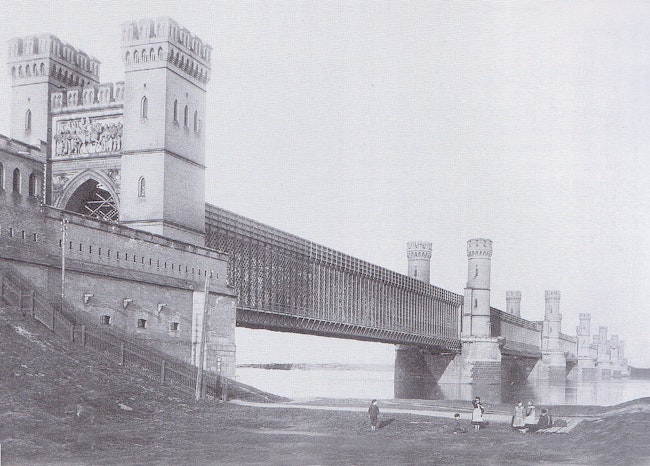The parable of the bridge
Research
Some results of the brainstorm in the designing process: we do not think when we are designing a project. Andy Warhol said: "If you're making art, you don't have to think but do. Let others decide whether something is good or bad, or beautiful or ugly. While they are making their decisions, you can go on making art." Maybe, we are not even designing anything; we might simply be formulating solutions to a problem.
The problem of the bridge is the duality of transparency. Radar signals of the shiping traffic should not get caught in between two closed sleepers. On the radar of a ship, the beams that bounce back and forth would be read as a tunnel. In order to avoid the radars, the bridge has to be transparent. But it cannot be transparent, because the colorful recreationists on the bridge would scare away the swimming wildlife. We are looking for the critical limit of transparency.
Every possible solution is reviewed critically: hanging bridges, isostatic bridges, hyperstatic bridges, a tunnel below the water, a tunnel above the water, tilting bridges, cable-stayed bridges, cable lifts, chair lifts. Later, shaft constructions, meccano bridges – do we even need bridges – bow-string bridges, network constructions, boat bridges are added.
Meeting with the engineers. They will calculate what we come up with. The engineer asks "What do you want?". Well, what do we want – we don't know what we want yet. Isn't designing all about not knowing what you want. Maybe we are hoping he creeps into our heads so we can calculate the bridge ourselves, bending formulas and science to our will.
We will make a steel bridge, a shiny metal shaft which we will lay across the channel and into the landscape. More than 300 meters in length; immodestly sized. A non-design bridge which contrasts sharply with the Dutch landscape. There is some kind of natural ugliness to this bridge, creating an alienating experience for the observers and users.
Within a few days, we will have to present our bridge to city councilors, financers, clerks and other specialists. How are we going to explain what our bridge is like. Surely, we cannot tell them our real ambitions.
Meeting with the designing team. The designing team will be the communication team, the ghostwriter of the design, the spin doctor of the bridge. Pages and pages of text are being prepared. We rewrite the history of the Nieuwe Hollandse Waterlinie, the environment and the assignment as if we were some kind of Big Brother. Cultural identity as perverted propaganda for the imagination of the designer. References are looked up. Epiphanies occur. We make a decision. We opt for a military story and the typology of the Bailey bridge, which looks like ours if you don't look too closely. We will say that we are reinventing it. We will use images of the Second World War to explain an 1814 line of defense. Will anybody notice?
After the presentation, there is applause. Some are thinking that they are going to get a Bailey bridge; others are happy that the bridge is in line with our traditions.





